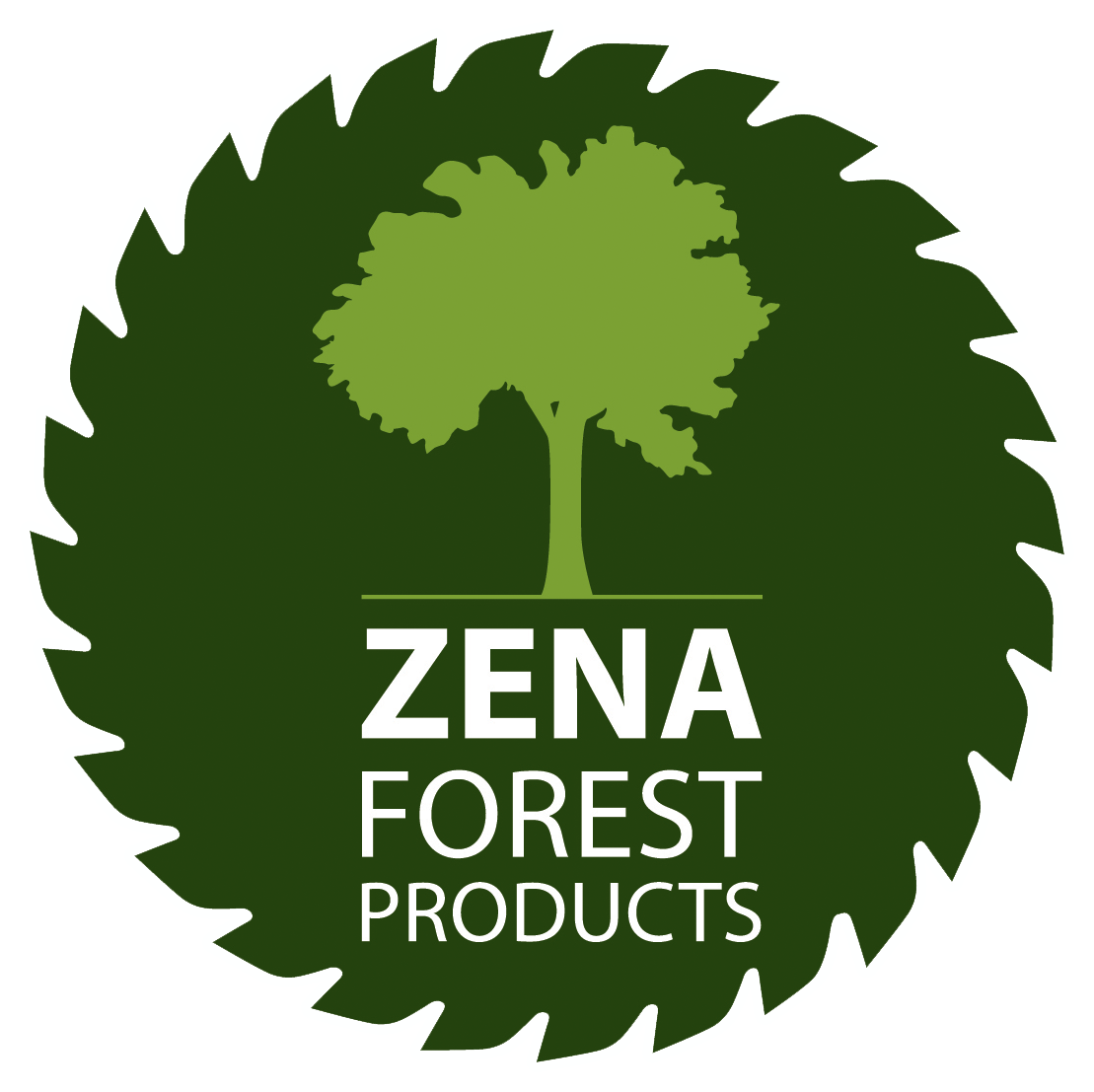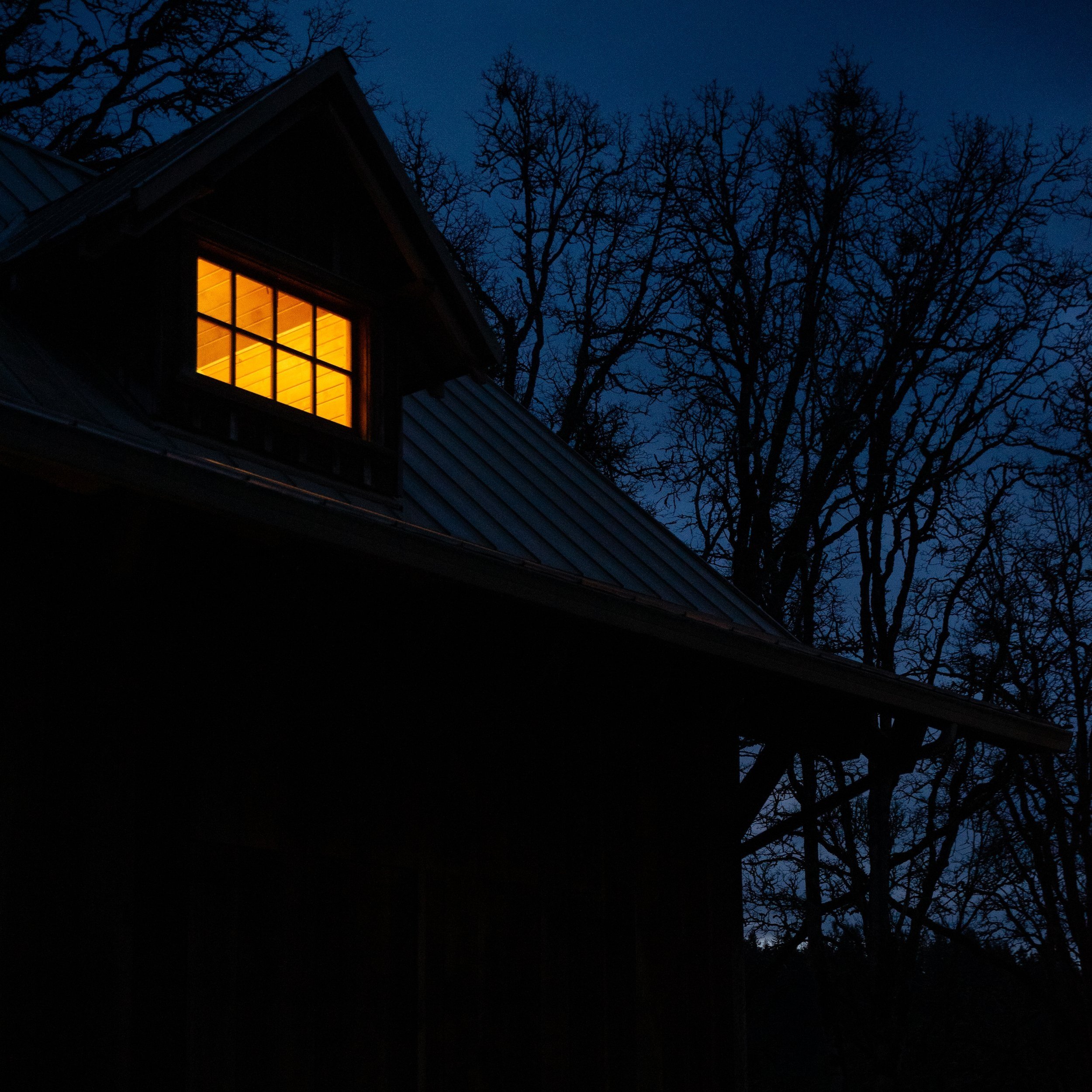-
Zena Forest Products is the exclusive producer of EdgeGrain tiles, sourced and produced in the United States.
-
EdgeGrain is ideal for both commercial and residential applications, and adds elegance and beauty to any space. Additional applications can include wall panelling.
-
Sourced from regenerative forests in Oregon, our EdgeGrain tiles use underutilized tree parts, reducing waste and maximizing resource use. With a lifespan of 150+ years, it minimizes environmental impact by reducing replacement frequency which conserves resources. The durable wood locks in carbon, helping offset emissions. Constructed with wooden sticks and aluminum wires, the flooring is free of glues, chemicals, and VOCs, ensuring healthier indoor air quality. Since 1987, we've nurtured a resilient, biodiverse forest, ensuring sustainable harvesting. Choosing Zena EdgeGrain supports eco-friendly practices and contributes to both the environment and your home’s beauty.
-
Yes, EdgeGrain is highly durable. With proper care, Zena EdgeGrain’s 7 mm wear layer can be refinished 7+ times, giving the floor an impressive estimated lifespan of 150+ years. Durability will depend on the Janka hardness of the species you choose. Click here for more information.
-
Yes. We are proud to offer FSC® certified wood that is available upon request. Contact us to learn more details.
-
No. EdgeGrain tiles only consist of wooden sticks joined together by two aluminum wire backings. See our Declare Label.
-
Yes, we love being part of these projects! Forest Stewardship Council® certified products are available by request; and we also have a Declare Label.
All our wood is grown in Oregon and manufactured here in the Willamette Valley, and is a perfect fit for all sustainability certifications.
-
EdgeGrain flooring, with its warm inviting appearance and use of natural wood, enhances the beauty of mass timber spaces while aligning perfectly with its biophilic and contemporary design.
Both mass timber and EdgeGrain materials are sustainable: mass timber helps reduce carbon emissions by storing CO2 and offering a renewable alternative to steel and concrete, while Zena EdgeGrain flooring is made from durable, eco-friendly wood. Together, these promote healthy forests and align with the mission of sustainable, low-impact construction.
Durability is another shared benefit, as both mass timber and EdgeGrain flooring are long-lasting, making them ideal for creating structures that endure over time. This combination not only contributes to beautiful, nature-inspired designs but also supports a sustainable, carbon-conscious built environment, reflecting a commitment to both style and environmental stewardship.
-
Historically, terrazzo (a floor consisting of marble and granite combined with concrete) and carpet have dominated the flooring used in commercial spaces. EdgeGrain offers a new flooring option that is natural, sustainable, eco-conscious, durable and beautiful.
Note: A case study of the Zena EdgeGrain floor at the Portland International Airport will be forthcoming soon.
-
With 75,000 square feet of Zena EdgeGrain at the Portland International Airport, this living laboratory is providing a fantastic opportunity to see how this floor performs with over 50,000 people traversing it on an average day. Bottom line, this floor is performing beautifully. Those maintaining the floor have been impressed with how easy it is to clean, it’s durable nature, and resistance to staining and damage. When spot repairs are needed, these can easily be accomplished in a few hours by simply removing the damaged sticks, replacing them, sanding and refinishing. This reduces the downtime and cost for repairs.
Note: A case study of the Zena EdgeGrain floor at the Portland International Airport will be forthcoming soon.
-
EdgeGrain flooring offers a smooth, consistent surface that is easier for wheelchairs to navigate with minimal resistance, especially when compared with carpet that has fibers and textures that can impede movement.
-
Yes! With mid-century design and home restoration, Zena EdgeGrain is an excellent choice for recreating the classic look and feel of the original wood floors that accompanied these homes. Unlike many of those original floors, Zena EdgeGrain is made of only wood with aluminum wires and is free of harmful chemicals and VOCs. Its solid construction also ensures a longer lifespan of 150+ years.
-
EdgeGrain is sold unfinished, allowing you to choose the finish that works best for your needs, patterns, and color palette. It will need to be sanded and finished on-site. This results in a higher-quality, longer-lasting floor that is more water-resistant.
There are many finishes available on the market. Talk to your installer or designer to help narrow down the options. Be sure to look for non-toxic, UV-protected, low-VOC products. Our two cents: we tend to prefer simple, waterborne finishes like Pallman’s Pall-X 96.
-
We have eleven species to choose from: Oregon White Oak, Oregon Ash, Western Juniper, Myrtle, Tanoak, Pacific Madrone, Black Walnut, Bigleaf Maple, Western Larch, Douglas-fir, and Blue Pine. For more information click here.
-
EdgeGrain only comes in character grade, using the full scope of the tree and all its inherent dimensions, like knots.
-
The two aluminum wires that are embedded on the back of the tile join the 20 sticks together without glue, creating a more uniform and stable unit that results in a simpler and more efficient installation process and no VOCs.
-
One of the key benefits of Zena EdgeGrain tiles is the innovative design featuring two aluminum wires running across the underside, securely holding the wooden sticks in place. Unlike traditional edge grain flooring, which is often held together with tape that can come undone, our EdgeGrain tiles provide added stability. This thoughtful design makes installation easier and more convenient for professionals, as no glue is required between the tiles or sticks. The tiles simply need to be glued down to the subfloor, with sanding and finishing completing the process.
-
Yes. Please refer to your radiant heat manufacturer’s for guidelines and instructions.
-
Unleash your creative side! The possibilities are endless. Explore our gallery to see just a few of the many creative patterns you can create.
-
Across the floor: No expansion gaps are required. The tiles are manufactured with a 0.003" gap between each stick. This allows the floor to move with the seasons without noticeable changes to the floor.
At all vertical obstructions (walls, cabinets, etc.): A 1/4" expansion gap is required.
-
It’s easy. For small spills, just a little soap and water with a rag or sponge will do the trick. Be sure to wipe the floors dry with a towel after cleaning. For routine cleaning, sweep with a broom or use a dust mop. Don’t clean your EdgeGrain floor with a wet mop or a steam cleaner. These will damage the floor over time.
-
Spot repairs are easy and can be accomplished in just a few hours. Simply remove and replace the individual damaged sticks (if you have an extra tile you can remove them from that tile), sand and refinish.
-
We recommend planning for an overage of 7% additional material for on-site grading, trimming and installation factors. Please note that this can vary by layout and we are happy to help you calculate what you will need for your project.
-
EdgeGrain can also be used for wall panelling, ceilings, stairs, and other surfaces. The tiles are not recommended for shower surfaces with excessive water exposure.
-
While Zena EdgeGrain and traditional parquet flooring may share a similar aesthetic, they differ significantly in their construction.
Zena EdgeGrain is a natural product made from solid wood sticks held together with two thin aluminum wires. It contains no glue or VOCs, making it an eco-friendly choice.
On the other hand, traditional parquet flooring typically consists of a thin veneer of real wood that is glued to a core material like plywood or MDF (medium-density fiberboard). Parquet floors may contain VOCs due to the adhesives used in their construction.

